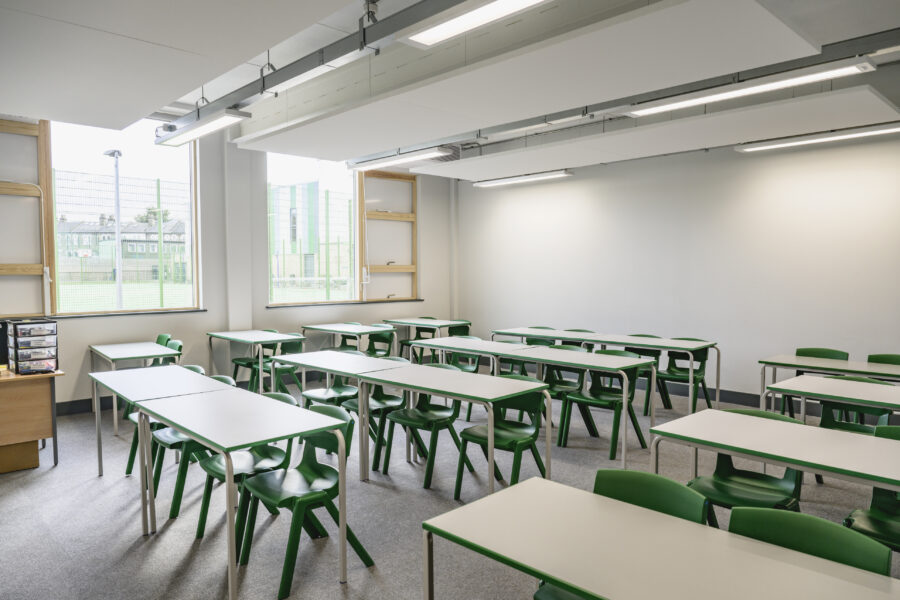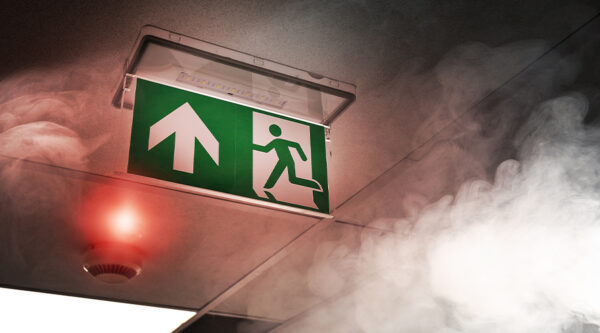

Recent press reports of hundreds of thousands of people dying from exposure to asbestos during their time at school will have caused alarm in educational establishments. The report from the Joint Union Asbestos Committee (JUAC) has warned deaths from the toxic building material in schools will continue as school buildings deteriorate.
The widespread coverage follows an investigation by eight unions representing teachers and support staff.
In years gone by, asbestos-containing materials (ACMs) were used for their insulating and fire-retardant properties.
The health risks associated with asbestos were well-known for decades and asbestos has been banned as a building material since 2000 – although it remains on site at many schools built before then.
Though the incidence rate has dropped, the health risk across the population remains because decades can pass between exposure and ill-health.
The NHS reports that more than 2,700 people are diagnosed with mesothelioma, a cancer caused by asbestos exposure, each year in the UK.
As stated on its website, the Joint Union Asbestos Committee’s “ultimate goal is for a government-funded phased removal of all asbestos from all educational buildings”.
Its report claims that 1,400 teachers and staff and 12,600 pupils have died from mesothelioma since 1980.
However, a spokesman for the Health and Safety Executive (HSE) reportedly said it did not recognise the figures quoted by the JUAC. An HSE statement says: “Our inspection campaign showed that the majority of schools are managing asbestos safely. We are continuing to carry out inspections on asbestos compliance in schools and elsewhere.”
What should schools do?
The obvious answer is to discharge its obligations under the Control of Asbestos Regulations 2012 and take “reasonable steps” to “manage the risk”.
- Ideally, undertake a survey to map areas in which ACMs are located
- Assess the condition of the ACMs and the risk to health posed by their presence
- Remove higher risk ACMs and manage lower risk ACMs in place
- Regularly review the management plan and ACMs which are left in place.
Whilst it may be less costly to leave ACMs in place in many establishments, schools need to consider their own particular environments. If scuffs and scrapes from children release particles from ACMs in walls, a school might consider removal, usually using licenced contractors. If teachers feel under-informed and anxious as a result of the Joint Union Asbestos Committee report, they should arrange for training.
If nothing else, there is no harm in allowing the recent press reports to prompt a review of your school’s asbestos and act on your findings.










